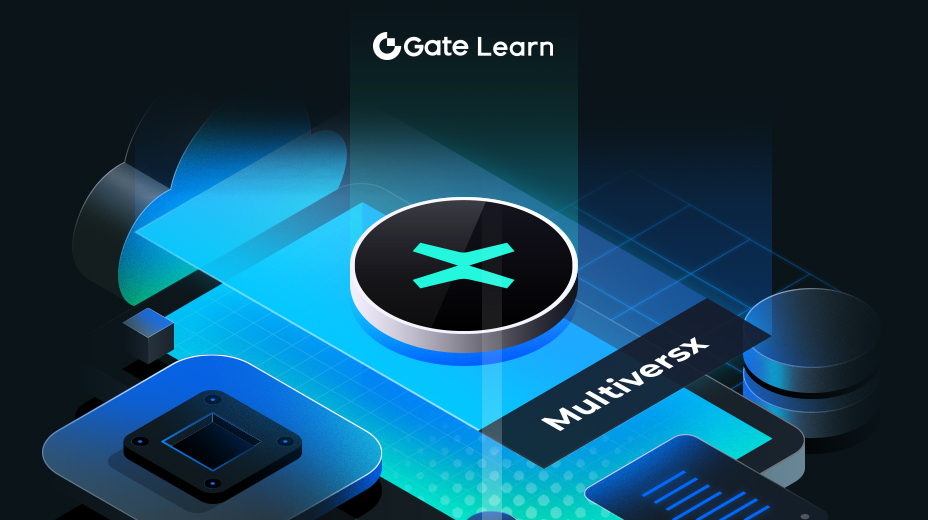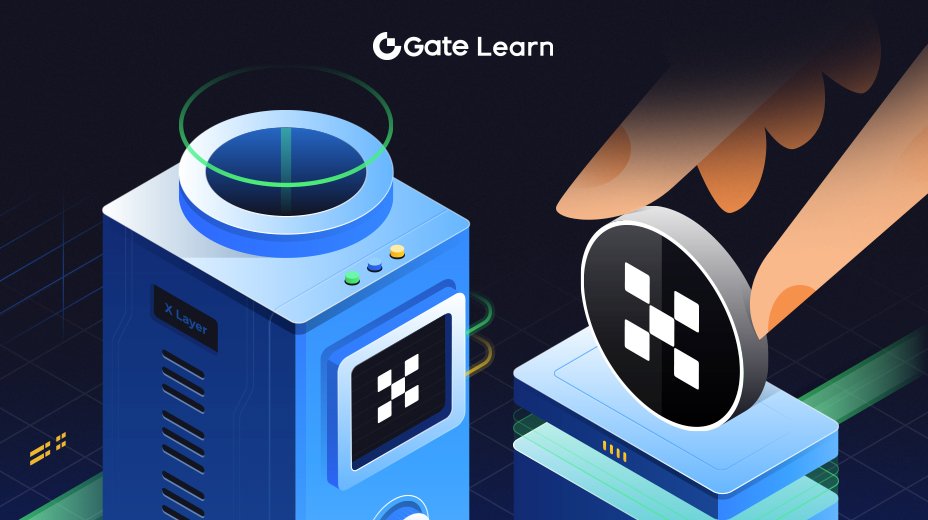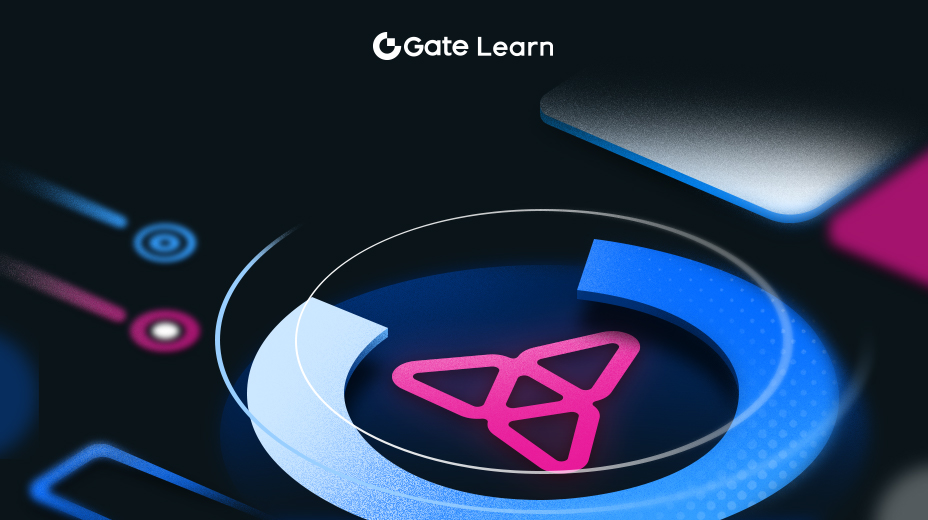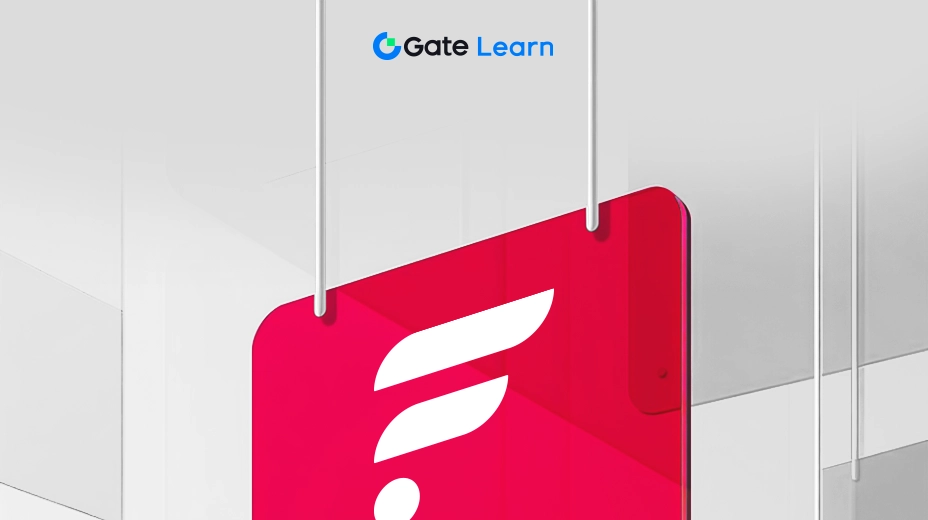MetisDAO 的技术基础设施
了解 MetisDAO 的技术方面揭示了其解决以太坊网络扩展挑战的方法。通过研究其 Layer 2 解决方案,本模块提供了关于 MetisDAO 如何简化操作并提高区块链交易效率的见解。
MetisDAO 协议概述
MetisDAO 为以太坊提供了一个 Layer 2 扩展解决方案,旨在提高交易速度并降低成本,使其更适合从去中心化应用(dApp)到数字组织的各种应用。该协议集成了多项高级功能,例如 NFT 桥接、Metis 测试网以及对 Graph 和 Metis 节点的支持。
Layer 1 交互
消息传递和 Rollup

MetisDAO 使用消息传递合约在 Layer 1(L1)和 Layer 2(L2)之间进行通信,以处理消息传递和交易排序。L1 上的 Rollup 合约记录了交易序列和与 L2 状态根相关的承诺,这对于从 L2 传递上来的交易的完整性和验证至关重要。
验证
该协议采用了一个验证系统,作为一种安全措施,验证提议者提交的状态根批次,以确保交易记录的准确性和合法性。
Layer 2 特性

消息传递和预部署
在 Layer 2 上,Metis 促进了复杂操作的高效执行。L2 上的预部署合约处理特定操作,类似于用 Solidity 编写的以太坊预编译合约,包括白名单和燃气价格管理等基本功能。
标准桥接机制和代币工厂
L2 还提供了一个标准桥接机制,用于 ETH 和 ERC20 代币,在 L1 和 L2 之间实现平滑过渡。代币工厂支持在 L2 上创建标准代币的表示。
Metis 虚拟机(MVM)
MVM 是 Metis 协议的基础,由一组经过验证的合约支持,确保与以太坊虚拟机(EVM)类似的兼容性和高效执行。它使用乐观 Rollups 来增强交易处理,大大减少了等待时间。
安全性与验证
Layer 1 验证
MetisDAO 的 L1 验证过程有助于维护网络完整性。它包括管理 L2 提议的状态根验证的合约,奖励验证者并有效管理争议。
欺诈预防
在 L2 上,协议包含防止欺诈和确保交易安全的措施。像 OVM_SequencerFeeVault 这样的合约管理费用,而 OVM_L2ToL1MessagePasser 确保消息安全传递到 L1。
要点
MetisDAO Layer 2 协议:通过一个强大的 Layer 2 扩展解决方案降低以太坊的交易成本并提高速度,支持各种区块链功能。
Layer 1 和 Layer 2 交互:利用用于消息传递和 Rollups 的合约来管理层之间的通信和交易排序,确保高效和安全的数据传输。
Metis 虚拟机 (MVM):实施了一套验证合约,复制和增强了以太坊虚拟机(EVM)的功能,通过使用 Optimistic Rollups 来简化交易处理。
安全性与验证:在 Layer 1 具有严格的验证过程,以确认来自 Layer 2 的交易记录的合法性,并结合防欺诈机制以维护网络完整性。
功能合约:包括 Layer 2 上的预部署合约用于特定操作和标准桥接以实现代币转换,促进无缝交互并维护生态系统的稳定性。





